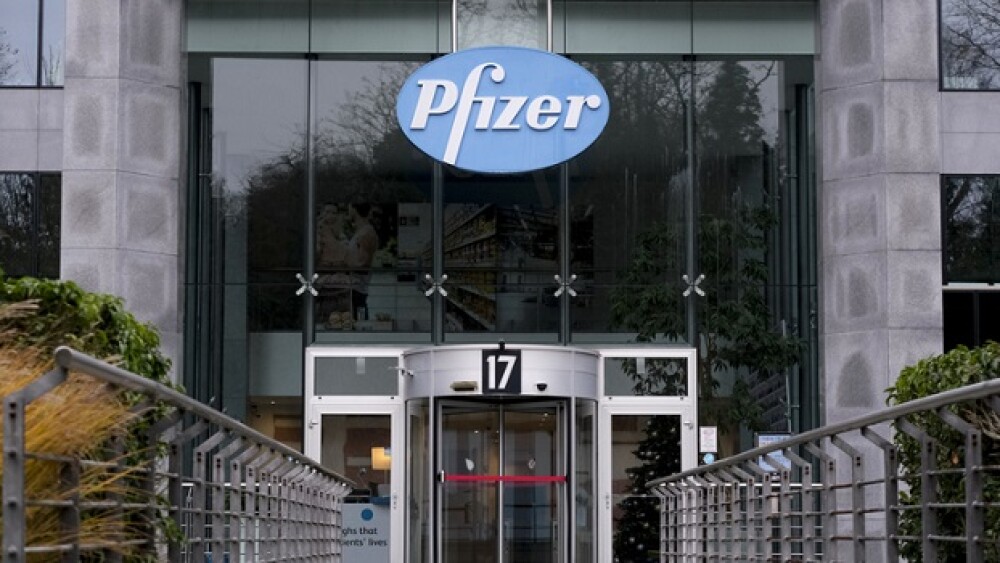In three draft guidance documents, the FDA has laid out pointers to help companies craft better drug development programs and drug applications.
The FDA on Thursday released three guidance documents seeking to help drug developers avoid submitting incomplete applications and clarifying how it expects companies to implement expanded access programs and patient-focused drug development.
The regulator hands out refusal-to-file (RTF) letters to companies that file incomplete and inadequate drug applications, to “avoid unnecessary review” of such submissions. An RTF sends the package back to the sponsor without it having undergone any regulatory review.
In its guidance document, the FDA differentiated between filing issues and review issues. The former comprises “deficiencies that on their face render an application unreviewable, administratively incomplete, or inconsistent with regulatory requirements.” RTFs are issued “based only” on filing issues, the agency said. Meanwhile, review issues are more “in-depth” and require “complex judgements” on the part of the regulator.
To avoid receiving an RTF, the FDA recommended that a drugmaker should not submit “materially incomplete or inadequately organized” applications.
FDA reviewers will also RTF filings that use a “single adequate and well-controlled clinical investigation” as the sole basis for approval, especially if the agency and the company had previously agreed on the need for more than one such study. Applications for more than one indication could also receive an RTF if information for one of these indications is lacking.
In a separate guidance document, the FDA detailed recommendations for expanded-access programs, which allow patients access to an investigational drug in case of a “serious or immediately life-threatening” disease. While the agency has long allowed such use of experimental medicines, there are still several measures in place to ensure patient safety.
Such safeguards include the need for companies to comply with safety reporting requirements in line with their clinical trial rules, submitting periodic reports to the FDA regarding the drug’s use and ensuring that only qualified and licensed physicians administer the investigational drug.
The FDA’s third guidance document on Thursday deals with patient-focused drug development—the process by which drug sponsors can incorporate patient experience data into their protocols. The agency noted that this patient-focused information will factor into its regulatory decision-making.
Much of this document focused on helping drug sponsors ensure that they use “high quality measures” of patient health in their development programs. In particular, the FDA clarified that in order to claim clinical benefit, a product must have “a positive effect on how an individual feels, functions, or survives.” In their applications to conduct clinical studies, drug sponsors should detail what outcomes they plan to use to measure the clinical benefit of their product, and how these metrics are relevant to the disease, the target patient population and the proposed use.
None of the three FDA guidances on Thursday are binding on the agency or on the companies, according to the documents. Sponsors are free to propose an alternate method of approaching their drug development process or submissions.






